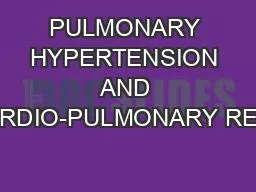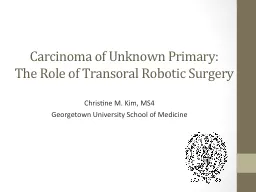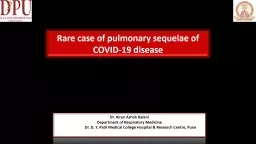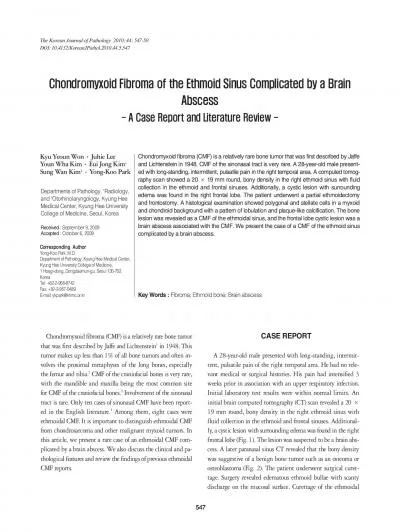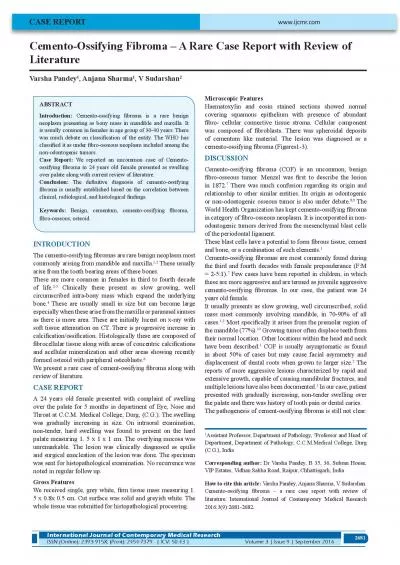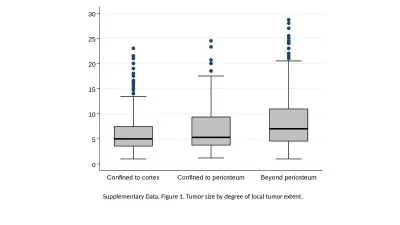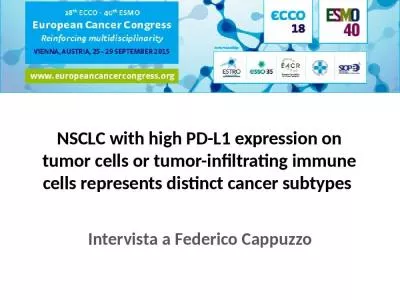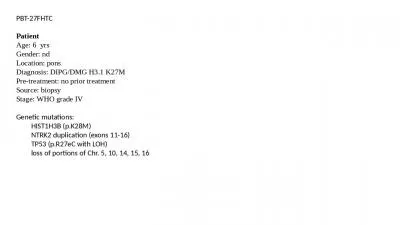PPT-A Rare Case of Primary Pulmonary Tumor
Author : scarlett | Published Date : 2022-06-14
Dr Prathyusha Alakunta Department Of Respiratory Medicine Dr DY Patil Medical College amp Research Centre Pune 25 year old male Tobacco chewer since 5 years
Presentation Embed Code
Download Presentation
Download Presentation The PPT/PDF document "A Rare Case of Primary Pulmonary Tumor" is the property of its rightful owner. Permission is granted to download and print the materials on this website for personal, non-commercial use only, and to display it on your personal computer provided you do not modify the materials and that you retain all copyright notices contained in the materials. By downloading content from our website, you accept the terms of this agreement.
A Rare Case of Primary Pulmonary Tumor: Transcript
Download Rules Of Document
"A Rare Case of Primary Pulmonary Tumor"The content belongs to its owner. You may download and print it for personal use, without modification, and keep all copyright notices. By downloading, you agree to these terms.
Related Documents

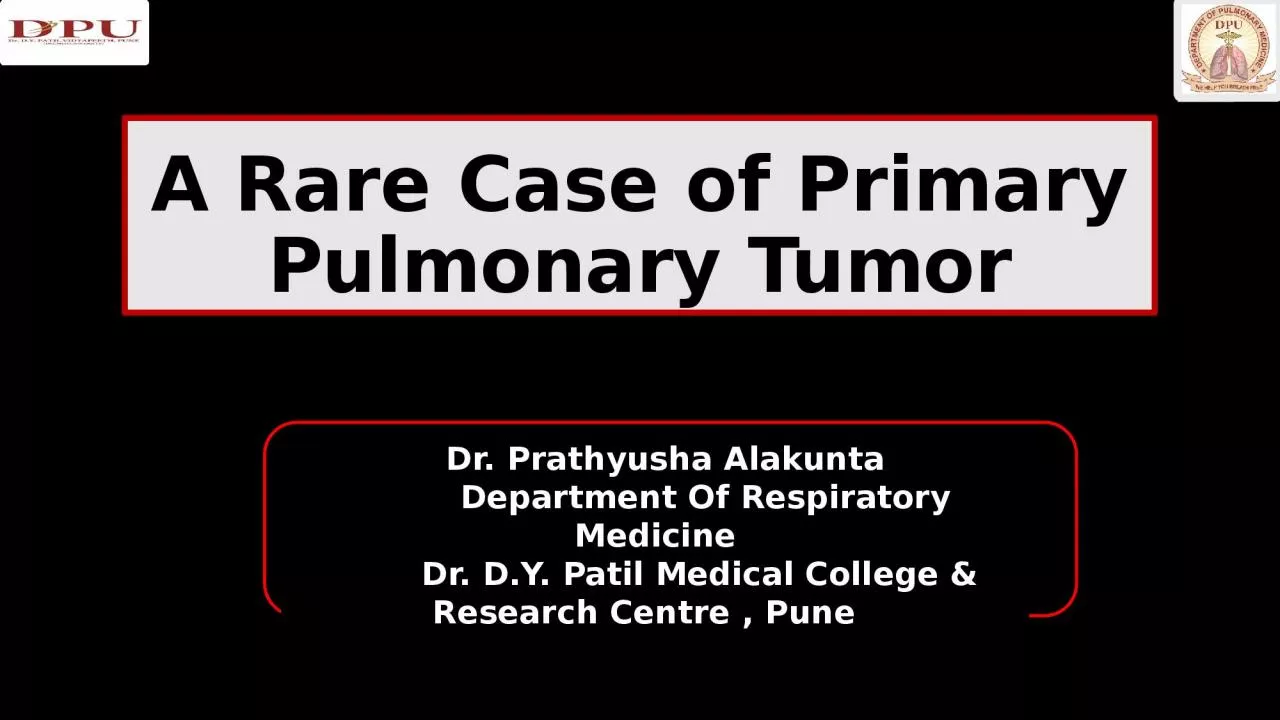
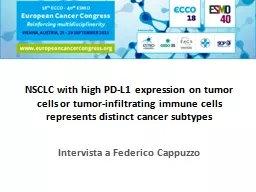
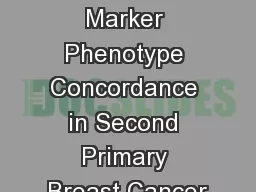
![Brain Tumor 101 Presented by [NAME]](https://thumbs.docslides.com/775177/brain-tumor-101-presented-by-name.jpg)
